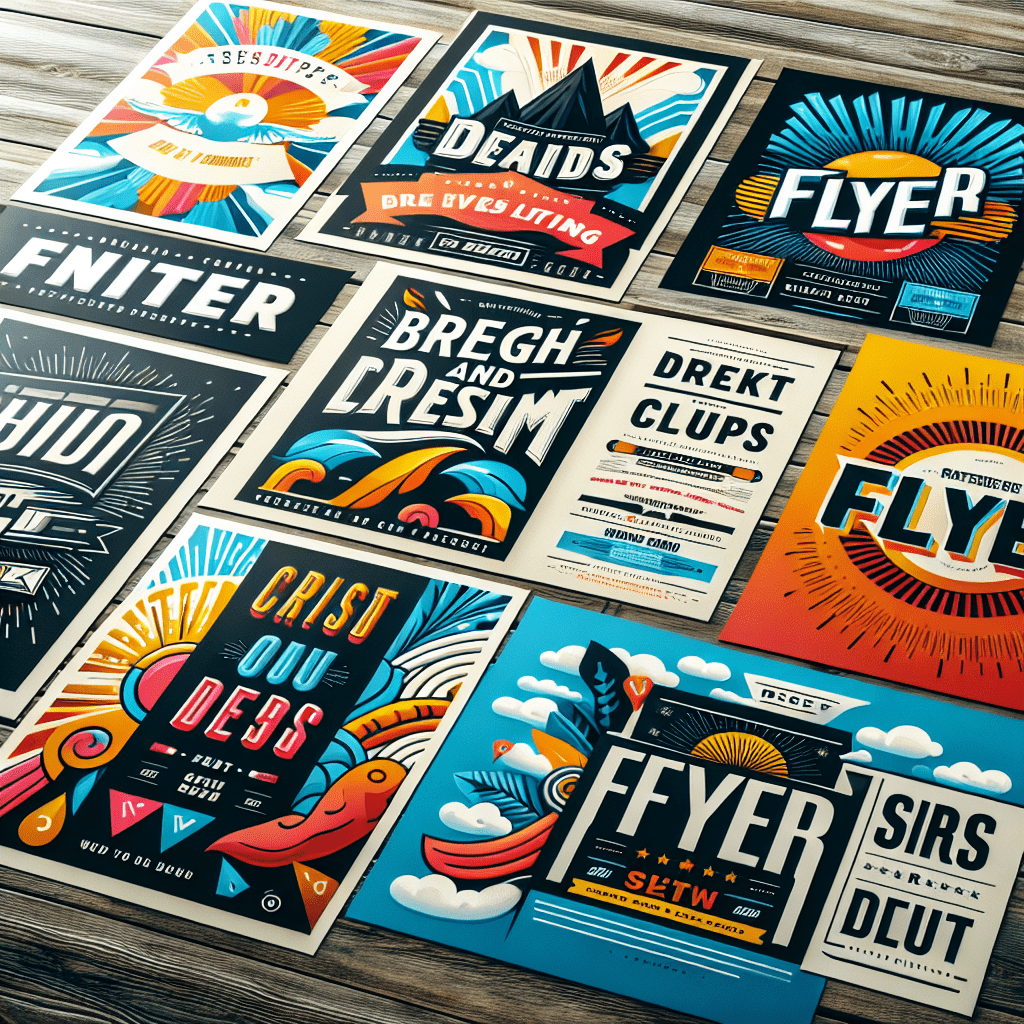Introduction to Flyers
Flyers, sometimes referred to as leaflets or circulars, are a form of paper advertisement aimed at wide distribution for events, services, or ideas. The circulation of flyers can vary greatly from door to door delivery, distribution at events, or pin-up on bulletin boards. They serve as an effective tool for information dissemination designed with a compelling visual and a call-to-action.
Historical Background of Flyers
As simple as flyers may seem, they have a rich history that can be traced back to the early days of the printing press. Originated in the 15th century, just as the movable type was developed, flyers were a cheap and efficient way to spread news or propaganda. British history records one of the earliest uses of flyers, where Martin Luther used them to spread his messages during the Reformation period.
Throughout the centuries, their purpose hasn’t changed much, with the medium being extensively used during both World Wars and political campaigns, to advertise performance acts in the 1960s and 70s and to the present where businesses are still using them to promote their products and services.
Design of Flyers
The design of a flyer is instrumental to its effectiveness. Traditionally, this involved designers, copywriters, and typesetters working in unison to create compelling visual messaging. The front might have a headline or major graphic, while the back presented supporting details.
Today, the art of creating flyers has evolved greatly with the advent of digital tools and software, which allows for a greater range of visual styles and designs. While the typical flyer still comprises of headline text, body content, images, and contact information, the advent of digital options has expanded the boundaries of creative expression, allowing for multimedia components like videos or interactive maps to be included in digital flyers.
Roles and Importance of Flyers
Despite the growth of digital media, flyers continue to play a significant role in marketing and awareness campaigns. Largely due to their tangible nature and flexibility in design and distribution, they have the capability to reach a wider audience, even in remote areas where technological penetration is minimal.
In marketing strategies, businesses use them to introduce new products or services, to announce sales or special offers, to invite potential customers to upcoming events, or even to provide discount coupons. For non-profit organisations, flyers are used to raise awareness about social issues, to call for volunteers for events, or solicit donations for causes.
Types of Flyers
Based on the strategies and requirements, different types of flyers are designed to serve varied purposes. Handbills or leaflets, for instance, are smaller in size and are used for mass distribution in public places. Brochures are larger and more detailed, often used when a business wants to give a comprehensive description of products or services. Pamphlets typically provide detailed information about a single topic or issue.
Notes
Image Description
The image for this article features a variety of colorful flyers, scattered across a wooden table. Each flyer displays different design elements such as bold text, vibrant images and compelling calls-to-action, illustrating the diversity and creativity in flyer design.
